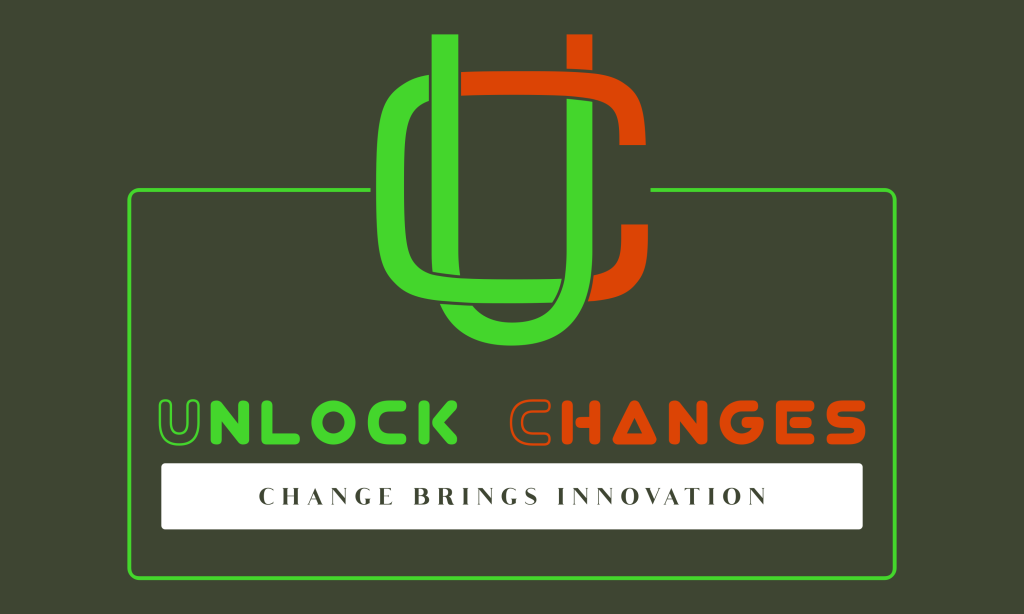Input prices for the 2022 crop year are poised to be substantially higher than recently experienced. The increases in input prices will undoubtedly increase production costs, however, the actual financial effect on your farm is not entirely clear. The lack of clarity can negatively influence input use decision-making in this period of high input prices. To clear up the picture, you must run the numbers through production budgets. Developing cost of production budgets can help keep your planning organized and focused and assist with key information in making management decisions on your cropping practices, input usage, and risk management as you go forward. We also link the current input cost level with fall 2022 commodity prices, allowing us to inspect profit potential. In this article we will discuss the 2022 cropping year by examining increases in input prices, expected profit and risk management.
Our discussion motivates a framework on how to conceptualize increases in production costs. Cost of production budgets act as a filter to give a clear picture of the actual financial implications. For example, suppose an input increases from $20 to $50, a substantial increase of 150%, and therefore something that will require a discussion. Also suppose that in the production budget we use 0.01 per acre of this input. Under the new input price, the cost per acre is now $0.50, up $0.30 per acre from $0.20. The resulting cost increase per acre, identified through the budgets, is now clear. 2022 Input Prices While we don’t know for sure where 2022 input prices will end up between now and the time purchases are made, we can plug current estimates into our budget calculators to identify how cost of production changes. To provide insight on how the jump in fertilizer and fuel price projections affects the cost of production, we’ll look at two of the University of Nebraska 2021 corn budgets: one dryland corn budget #23 (Table 1), and an irrigated corn budget #36 (Table 2), with a series of input cost updates. Fertilizer and fuel are two primary expenses in producing corn that have recently experienced price increases. After inspecting the cost of production impacts due to changes in fertilizer and fuel, next the cost of production impacts of pesticides, seed and increases in equipment prices were added in.
Categories
2022 Cost of Production Increases, Expected Profit and Navigating a Riskier Financial Environment


